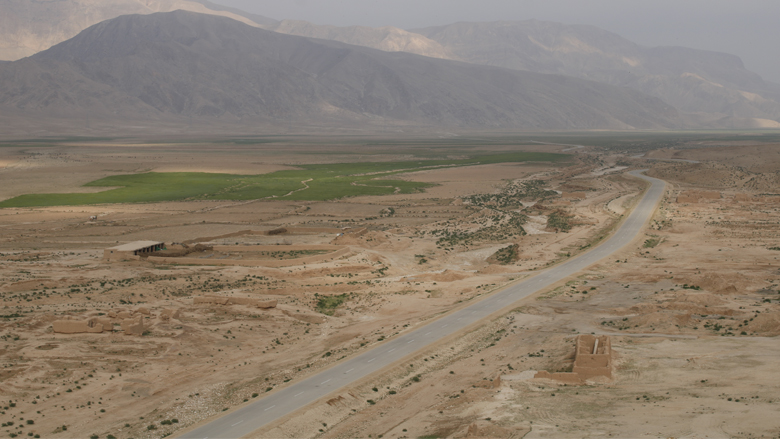Geography, history, and conflict have limited Afghanistan’s economic integration, with some areas difficult to access and sparsely populated and others concentrating high population density and economic activity.
The Spatial Development Story Map shows through three-dimensional imagery how such factors as geography, topography, weather, or agriculture each affect population patterns and some development outcomes.
The Spatial Development Story map relies on a variety of publicly available and proprietary sources, including the most recent Afghanistan Living Conditions Survey (ALCS); geospatial data sources such as OpenStreetMap, NASA, and FEWSNET
The indicators are World Bank staff estimates based on publicly-available or purchased data sources. Though an attempt was made to replicate official government estimates wherever possible, some indicators may have slight discrepancies to official government estimates as a result of applying different definitions and assumptions. All data sources, definitions, and applied assumptions are clearly outlined in the sources and definition sections for each indicator. Further details on definitions and programs outlining how the indicators were constructed are available upon request.
